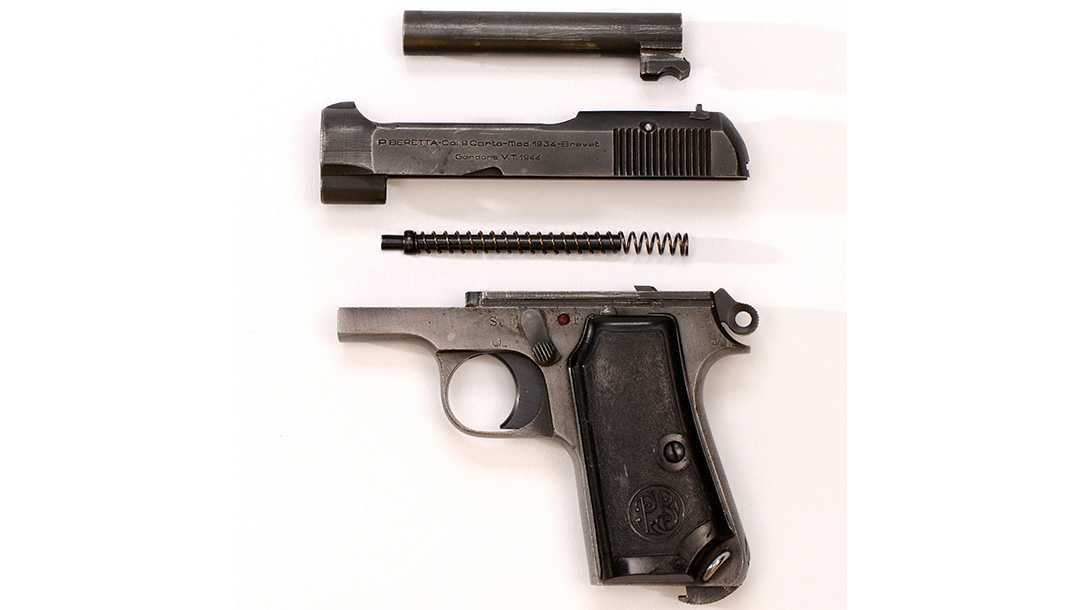

The following serial numbers apply to the production year. Production of the M1935 ceased in 1967 after delivering 525,000 pieces. Beretta manufactured a total of approximately 1,080,000 pistols. The Carabinieri continued utilizing the M1934 until 1981, the same year that military production ended. However, it became progressively obsolete, and the Italian Army replaced the M1934 in the early 1970s with the new Beretta M51. Production and End of ServiceĪfter the war, the M1934 remained in service with the new Italian armed forces, including the Carabinieri. The Germans classified these guns as Pistole 671.

Because Beretta factories were located in German-occupied areas in northern Italy between 1943-1945, soldiers in the area were issued the handgun. They looked at this Italian pistol as a valuable prize, just as they did the German Luger or Walther pistol. It proved to be extremely reliable in any climate.Īllied soldiers also appreciated M1934. The M1934 (and M1935) saw action on all fronts where Italian armed forces fought in World War Two. Initially, the pistol was assigned to officers and members of select troops before becoming more widespread. Sales of the weapon also occurred in the civilian market, but numbers are uncertain. Romania also imported 40,000 examples in 1941, and Finland received roughly 6,000 in 1942. The Regio Esercito absorbed most of the pre-war and wartime production of M1934. It has good precision, even in the hands of novice shooters. However, the simplicity of the M1934 did not reflect its quality. In fact, the production process for this weapon is far less than a vast majority of other pistols of the time. The pistol encompasses 39 total parts and designed so that it could be manufactured with the least number of mechanical procedures. However, the decision in using this lower performance cartridge was based on both technical and economic reasons. This process caused a delay which delayed the Regio Esercito from adopting the gun until 1936.Īlthough the M1934 met expectations, critics claim the cartridge choice did not put the gun on equal terms with other foreign competitors. However, when Beretta informed the army of the increased production costs, the Regio Esercito decided to revert to the original design. Beretta, lamentably, worked on the request and produced about a hundred guns with this Walther style safety. The Regio Esercito requested that Beretta introduce a Walther-style slide safety, similar to the one located on the Walther PP. This version became known as the Beretta M1935 and was adopted by the Regia Marina and Regia Aeronautica. Additionally, Beretta developed a version chambered to fit the 7.65 mm Browning (.32 ACP) cartridge. It utilized the 9x17mm (.380 ACP) round, known in Italy as the 9 mm Corto, or “Short”. The new gun, the Beretta M1934, was simple, reliable, and robust. The Italian invasion of Egypt in 1940 Beretta M1935 Variant and Rounds


 0 kommentar(er)
0 kommentar(er)
